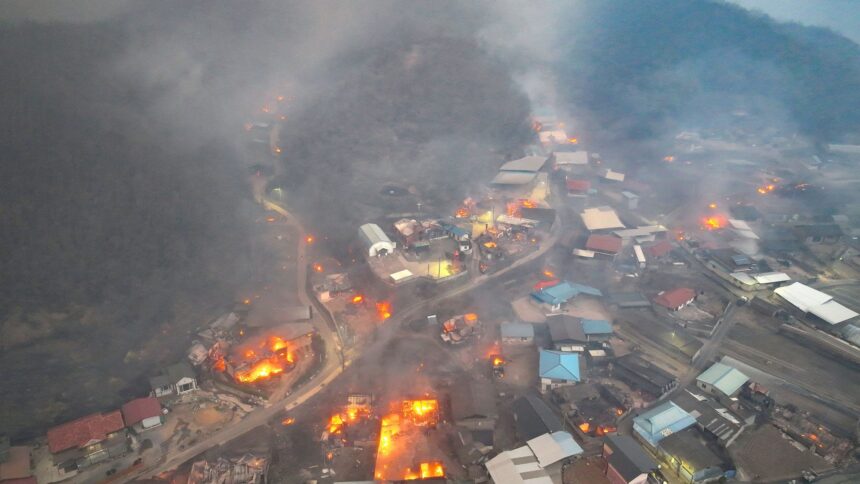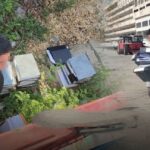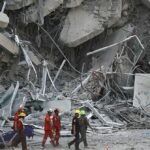South Korea is battling its worst wildfires in decades, with at least 24 people killed. The fires, raging in the southeast, have forced over 27,000 to flee homes. Strong winds and dry conditions are fuelling the unprecedented crisis, officials say.
The blazes began last Friday in Sancheong county, spreading rapidly across North and South Gyeongsang provinces. By Wednesday, flames had consumed over 43,330 acres of land. Homes, factories, and a historic 1,300-year-old temple in Uiseong have been reduced to ashes.
Acting President Han Duck-soo called it a record-breaking disaster, urging emergency measures. “This is rewriting the books for the worst wildfires in our history,” he said. Among the dead are a helicopter pilot and four firefighters overtaken by flames.
In Uiseong, a firefighting helicopter crashed on Wednesday, killing its sole occupant. The incident briefly halted air operations, but efforts resumed with 130 helicopters deployed. Over 4,650 firefighters and soldiers are working tirelessly to contain the infernos.
The Gounsa Temple, a Buddhist landmark, suffered severe damage, losing two national treasures. Some relics, including a stone Buddha, were saved before the fire hit. Authorities evacuated thousands, including 500 prison inmates from North Gyeongsang overnight.
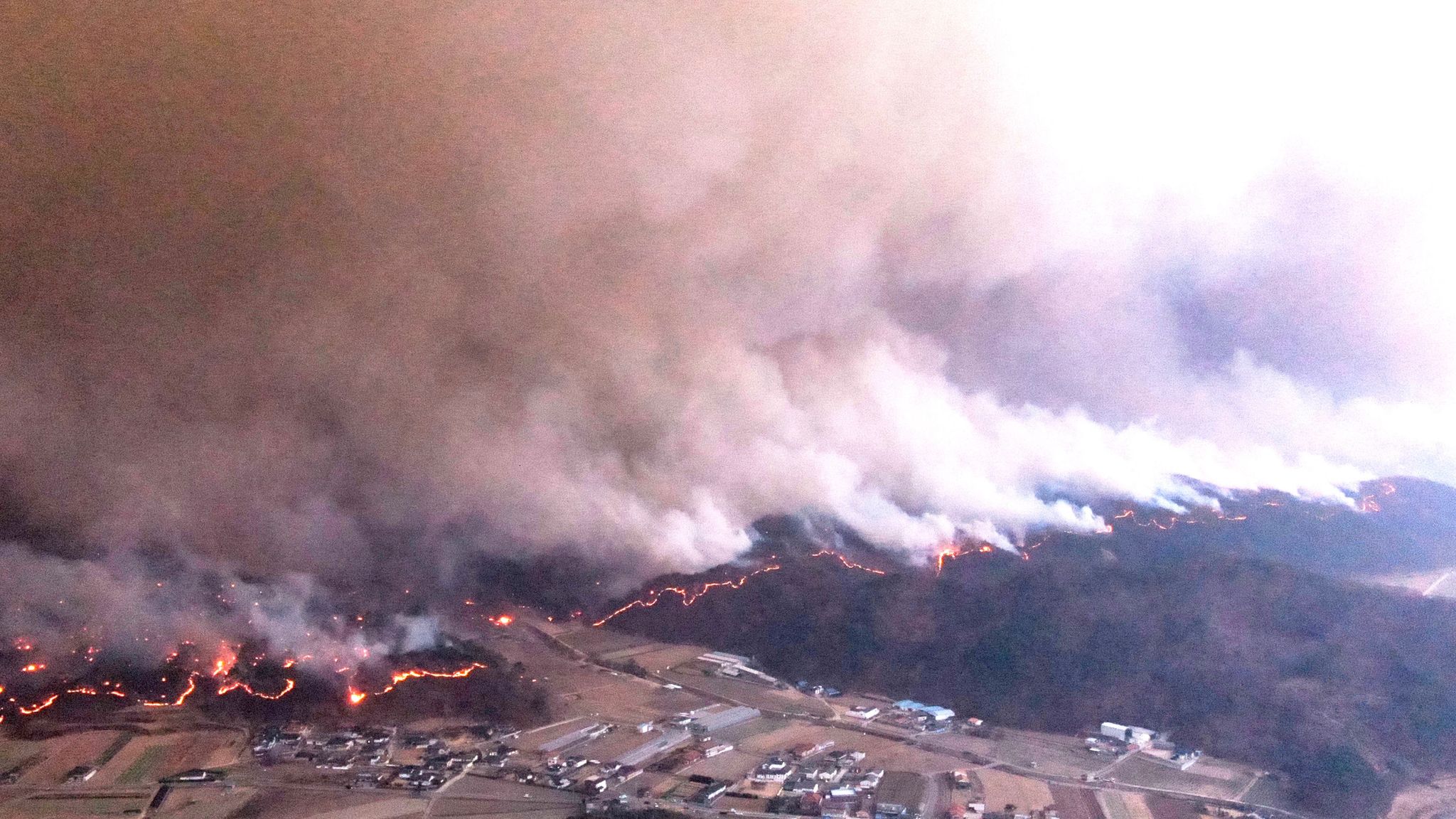
Korea’s UNESCO World Heritage sites
In Andong, residents fled as flames threatened UNESCO World Heritage sites like Hahoe Village. “Our house burned down completely—it’s collapsed,” one villager told BBC. Winds up to 45 mph have hampered efforts, spreading fires unpredictably.
Officials had contained most large blazes by Tuesday, but winds reignited them overnight. Dry weather, with little rain this season, has worsened the situation, experts say. The National Fire Agency reported over 200 structures destroyed across the region.
Han Duck-soo urged crews to assume the worst and respond accordingly, promising resources. “We desperately need rain to help extinguish these flames,” he added on television. Forecasts predict only light rain on Thursday—five to 10mm—offering little relief.
Most victims are elderly, with 12 critically injured, authorities confirmed on Wednesday. Four people died in Sancheong when their car overturned while escaping the fire. The Justice Ministry moved inmates as flames neared prisons, ensuring their safety.
In Ulsan, another hard-hit area, over 5,500 residents evacuated as fires closed in. A historic temple there also burned, adding to the cultural losses reported. Firefighters struggled overnight as winds grounded some operations, slowing progress.
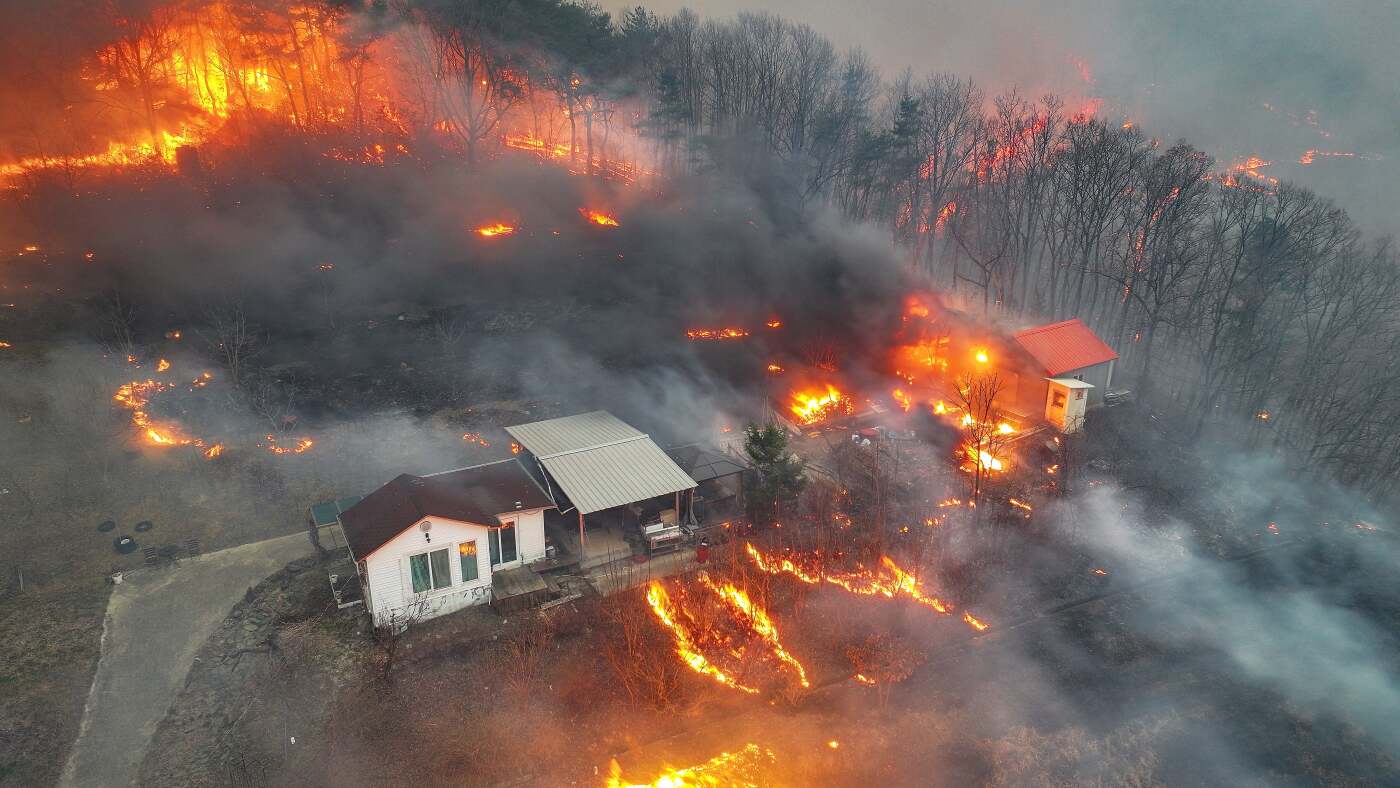
Much Need Rain
The fires rank among South Korea’s largest by area burned, surpassing past records. In 2000, an east coast blaze scorched 58,000 acres, causing widespread damage. This outbreak, however, is deadlier, with a higher human toll reported.
Experts blame climate change for intensifying dry spells and wind patterns this March. Lee Byung-doo, a forest disaster expert, called the Uiseong fire’s scale “unimaginable”. He warned that without rain, containment could take days or weeks.
Residents in shelters, like one at Sinsung Elementary School, face uncertainty. “We were told to leave fast as the fire spread,” an evacuee said. The government has deployed US military helicopters to assist overwhelmed local teams.
Han Duck-soo reinstated as acting president this week, oversees the crisis response. He vowed to protect lives and heritage, despite political turmoil following his impeachment. The focus remains on battling fires threatening more lives and landmarks.
Hopes now rest on Thursday’s forecast rain, though it may not suffice. Emergency services continue round-the-clock efforts to curb the devastation across the southeast. The nation watches anxiously as the wildfires rewrite its history with every hour.
Related News:
Chiang Rai and Laos Unite to Tackle Agricultural Burning and Wildfires
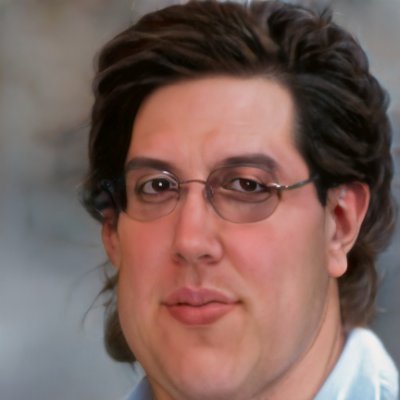
Geoff Thomas is an award winning journalist known for his sharp insights and no-nonsense reporting style. Over the years he has worked for Reuters and the Canadian Press covering everything from political scandals to human interest stories. He brings a clear and direct approach to his work.




